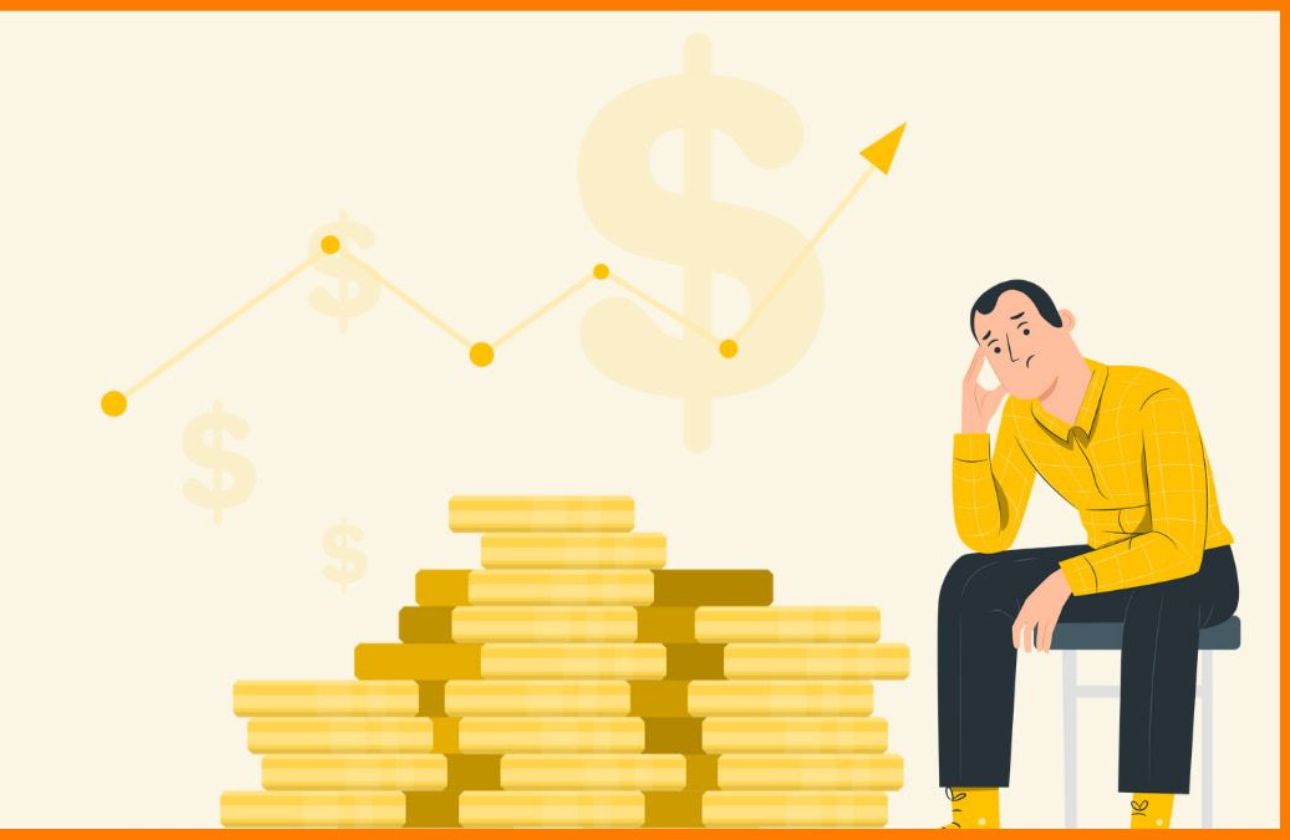A Global Problem with Local Consequences
Global inflation is no longer just a number economists talk about—it's a reality hitting everyday Indian households. From grocery bills to electricity, everything seems to cost more. But why is this happening? And how does inflation in the US, Europe, or China affect the price of onions, petrol, or milk in India?
In this article, we break down the real impact of global inflation on Indian families, workers, and small businesses—and how it's silently reshaping daily life.
What is Global Inflation?
Inflation refers to the rise in the general price level of goods and services over time. Global inflation occurs when prices rise across multiple countries due to factors like:
-
Supply chain disruptions
-
Increased fuel and energy prices
-
Rising interest rates
-
Geopolitical conflicts (like Russia-Ukraine war)
-
Currency fluctuations and import costs
When inflation spreads across economies, the effects trickle into India—an interconnected country reliant on global trade, imports, and oil.
1. Food Prices: The Grocery Basket Gets Heavier
Imported food items like edible oils (palm, sunflower), pulses, and wheat are heavily affected by global inflation. Even domestic products see price hikes due to costlier transport, fertilizer, and packaging.
Example: A litre of sunflower oil that cost ₹120 may now cost ₹160+.
Impact: Middle- and lower-income families reduce variety in their meals, shifting to more affordable alternatives.
2. Fuel and Transportation: The Domino Effect
India imports over 80% of its crude oil. When global crude prices rise, so do petrol, diesel, and LPG costs in India. This has a ripple effect:
-
Costlier transportation
-
Higher delivery charges
-
Increased cost of vegetables and packaged goods
-
Bus fare and auto fare hikes
Real-life scenario: A ₹1-2 hike in fuel cost leads to a ₹10-15 rise in taxi fares or grocery delivery.
3. Utilities and Energy Bills: Heating Up Your Wallet
Electricity generation depends on imported coal and gas. As these prices soar globally, state electricity boards face pressure, which often gets passed to consumers through:
-
Higher monthly bills
-
Reduced subsidies for LPG or electricity
-
Expensive power backups (like inverters, batteries)
4. EMIs and Loans: Higher Interest, More Pressure
To control inflation, central banks (like the US Fed or RBI) increase interest rates. In India, this results in:
-
Higher home loan and car loan EMIs
-
Tougher conditions for small business loans
-
More expensive credit card usage
Impact: Families have to adjust household budgets to cover rising monthly repayments.
5. Job Markets and Salaries: Growing Gap
Inflation affects hiring decisions and salary negotiations:
-
Companies slow down recruitment or freeze salaries
-
Real income drops as prices rise but salaries remain the same
-
Informal sector jobs (construction, delivery, small vendors) suffer the most
Example: A salary of ₹30,000 per month today buys less than it did two years ago.
6. Savings and Investments: Returns Shrink
With rising inflation:
-
Fixed deposits offer lower real returns (interest – inflation = negative growth)
-
Stock markets remain volatile due to global uncertainty
-
Gold and real estate see demand as people look for safer, inflation-proof assets
Impact: Middle-class investors struggle to preserve wealth and plan for long-term goals like education or retirement.
7. Education and Healthcare: Silent Sufferers
Private school fees, medical consultations, and insurance premiums are rising faster than ever.
-
Medicines and imported medical devices become costlier
-
Budget cuts on education expenses like tuition or coaching
-
Health insurance premiums rise due to higher hospitalization costs
Outcome: Families delay non-urgent medical care or cut back on extra classes.
How Households Are Coping
Indian households are adapting in several ways:
-
Buying in bulk or shifting to local, unbranded products
-
Cutting discretionary spending (eating out, entertainment)
-
Using public transport instead of personal vehicles
-
Exploring side incomes or digital freelance work
-
Shifting to smaller homes or sharing accommodations
Government Response in India
To manage inflation, the Indian government and RBI have taken steps like:
-
Reducing import duties on edible oil and fuel
-
Increasing interest rates to stabilize the rupee
-
Subsidy schemes for gas cylinders, food grains (via PM-GKAY)
-
Export bans on wheat and rice to secure domestic supply
However, inflation remains a challenge, especially in rural India.
The Real Cost of Inflation
Global inflation may seem like an abstract economic concept, but its effects are felt every day in Indian kitchens, petrol pumps, and classrooms. As prices continue to rise, families are forced to stretch budgets, rethink expenses, and adapt quickly.
While macroeconomic policies may take time to stabilize prices, understanding how inflation works helps you make better financial decisions today—whether it's budgeting smarter, investing wisely, or simply being prepared.




Comments (0)